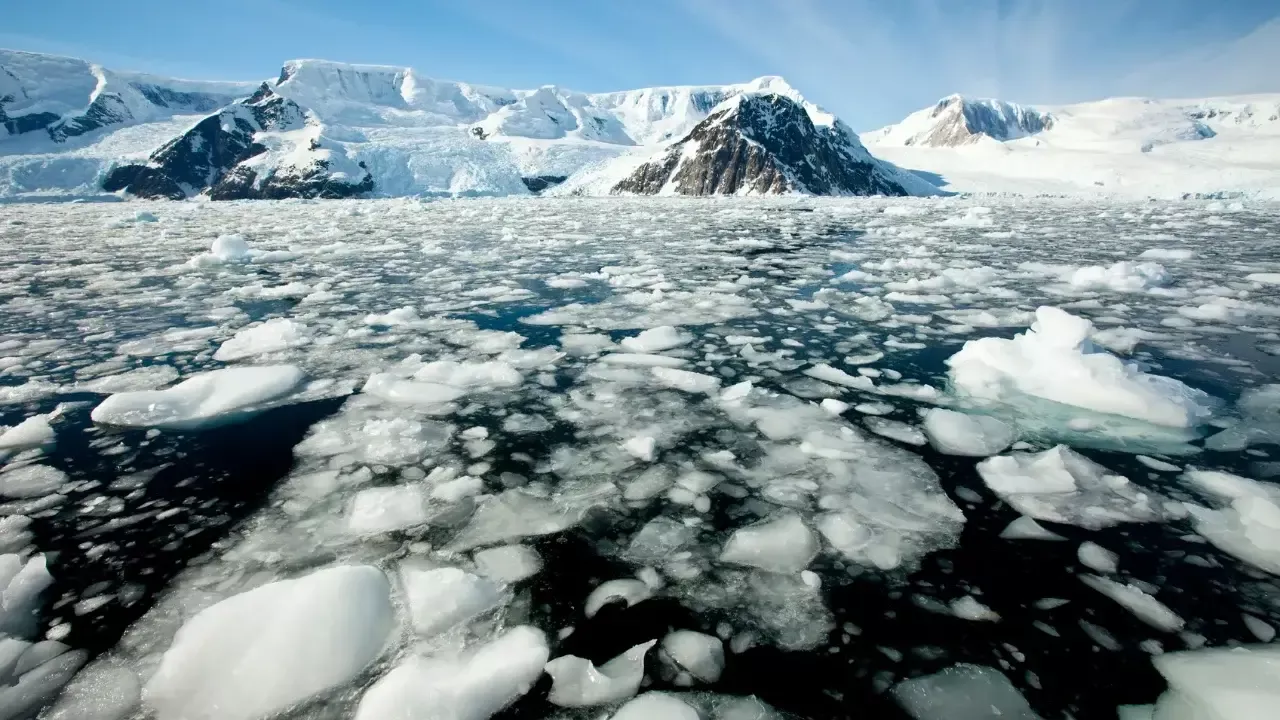
Despite being the coldest continent on Earth, Antarctica has been experiencing the negative effects of global warming more intensely in recent years. This was reported by Zamin.uz.
In the Southern Hemisphere winter, the sea ice area dropped to 17.81 million square kilometers. This figure is the third lowest in 47 years of satellite observations.
The accelerating melting of ice indicates that climate change is taking deep root on a global scale. This process threatens not only Antarctica but also the ecology of the entire world.
The melting of ice has been significantly below the long-term average, with the amount of melted ice reaching a record high in 2023, and the second lowest figure recorded in 2024. This situation shows that climate change is progressing rapidly.
According to researcher Ted Scambos, until 2016, the level of Antarctic sea ice was gradually increasing, but currently, warm ocean waters are penetrating the southern coasts. This indicates that the impact of global warming has reached the southern seas and is negatively affecting climate systems.
Although the melting of sea ice does not directly cause sea level rise, the loss of ice reduces the amount of light-colored surfaces that reflect sunlight. Dark-colored ocean water replaces the ice, leading to faster warming of the water.
Additionally, the loss of the ice layer causes Antarctica to lose its buffer that protects the ice sheet. If the ice sheets continue to melt, coastal areas will weaken and the rate of glacier collapse will increase.
As a result, the risk of a significant rise in sea levels worldwide increases.







